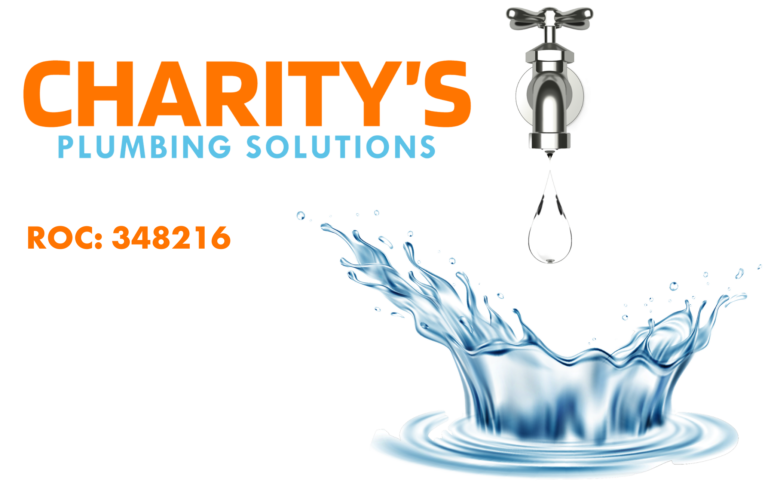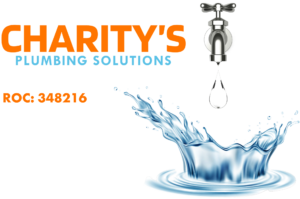Water Pressure Regulating Valve
Your One Stop Shop For Pressure Regulating Valves
We, at Charity’s Plumbing Solutions, are a Woman-Owned local company ready to serve our community with our licensed and insured plumbers! We focus on serving the Laveen, Ahwatukee, South Mountain and Phoenix areas. We have licensed plumbers that can handle any pressure regulating valve concerns that you may run into. We specialize in water pressure valve repair and replacement. We are eager to hear from you and look forward to build a relationship with all of our Water Pressure Valve clients.
Water Pressure Regulating Valve
A water pressure regulator is a specialized type of valve that reduces the incoming water pressure to a manageable level for the home plumbing infrastructure. Water pressure regulators are typically installed where the main water line enters the home, just after the main shutoff valve. If the water pressure is too high, it can cause significant damage to the valves, faucets, appliances, pipes, and plumbing fittings. When the system is protected by a water pressure regulator, there is less stress on the inner valves of appliances, faucets and shutoff valves will be less likely to leak, and fluctuations in water pressure are evened out.
How Does A Water Pressure Regulator Work?
It usually has an adjustment screw on top. Inside, a water pressure regulator has a variable spring-loaded diaphragm that automatically widens and narrows depending on the amount of water pressure entering the valve. When the water enters the regulator at high pressure, the inner mechanism constricts the diaphragm to narrow the flow of water. This can reduce the pressure into a range of 50 to 80 psi, greatly reducing the stress on pipes and fixtures installed past the valve. On the other hand, when the incoming water pressure drops, the diagram opens wider to allow more water to flow through the valve. An adjustment screw on the top of the regulator can be tightened to increase the tension on the inner spring (thereby reducing the pressure of the water as it exits the valve), or loosened to allow water to flow more freely through the valve (thereby increasing the outgoing water pressure).
What Is Normal Water Pressure
It is not uncommon for municipal water supplies to enter the home with pressures as high as 150 or 200 psi. If such high pressure is present on a regular basis, the strain can eventually cause joints to fail, faucets and other fixtures to leak, and appliances to break down.
Clothes washers, dishwashers, and some other household appliances have built-in pressure regulators, but a whole-house water pressure regulator still offers protection to those appliances, and it also serves to protect all the pipes and fixtures throughout the house.
Common Water Pressure Regulator Problems
A bad water pressure regulator can allow high water pressure to pass through into the home, so it's a good idea to familiarize yourself with some of the most common water pressure regulator problems, including fluctuating water pressure, high water pressure, low water pressure, leaking pipes, and noisy pipes. Water pressure within a city system will often fluctuate during peak periods of the day when water demand is at its highest, but if your water pressure starts fluctuating with no discernible regularity or pattern, it may be due to a faulty water pressure regulator. Similarly, if you suddenly experience significantly higher or lower water pressure throughout the home, you should inspect the water pressure regulator for issues. Other signs of water pressure regulator problems include leaking pipes, which can occur when the system is subjected to high water pressure for an extended period of time. Knocking sounds from the pipes, known as water hammering, can also be an indicator that high water pressure is taking a toll on the plumbing system. If you experience any of these issues, it may be time to replace the water pressure regulator.



